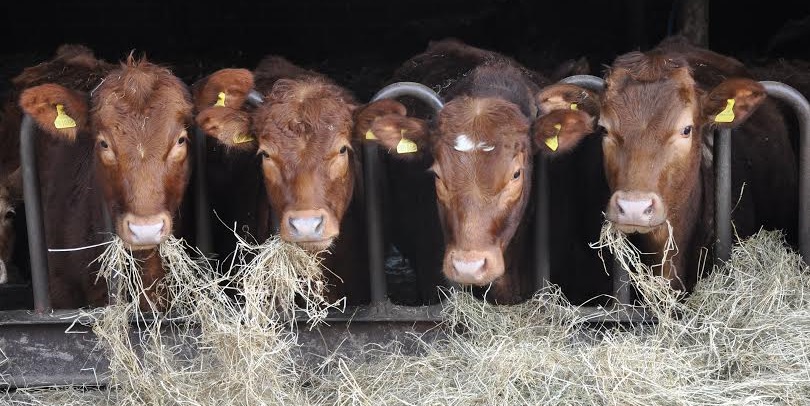
The number of living BVD positive animals in Northern Ireland is at its lowest since an industry eradication programme began in 2016, figures show.
Animal Health and Welfare Northern Ireland (AHWNI) has released the figures, highlighting that the livestock industry is moving in the right direction.
Currently, only a small number of BVD positives are being retained on-farm for more than four weeks.
The Ulster Farmers’ Union (UFU) said farmers should be 'commended for their efforts' in reducing bovine viral diarrhoea (BVD).
A highly contagious disease, BVD is one of the most common and costly affecting cattle in Europe.
Infection can result in a wide range of clinical signs including, reproductive problems, including failure to conceive, abortion and birth defects.
UFU deputy president, John McLenaghan said the figures from AHWNI were "testament to the ongoing focus that farmers and industry stakeholders are putting on eradicating BVD in NI".
"The vast majority of affected farmers are making responsible decisions to cull persistently infected animals promptly which reduces the risk of spreading BVD, helping us move closer to eradicating the disease."
He added: “The UFU are fully supportive of all measures that will help us in our efforts as we work towards eradicating BVD as quickly and effectively as possible.
"This includes DAERA’s consultation proposal of herd restrictions for herd owners who are not fully engaged in the testing regime or in dealing with infection in their herds."
Mr McLenaghan said the UFU was aware that further steps in addition to herd restrictions were 'essential' to achieve eradication in the near future.
"The UFU has been a key stakeholder in lobbying DAERA for additional measures to drive BVD eradication in NI.
"We are now at a critical time as we eagerly await the publication of consultation responses.”
